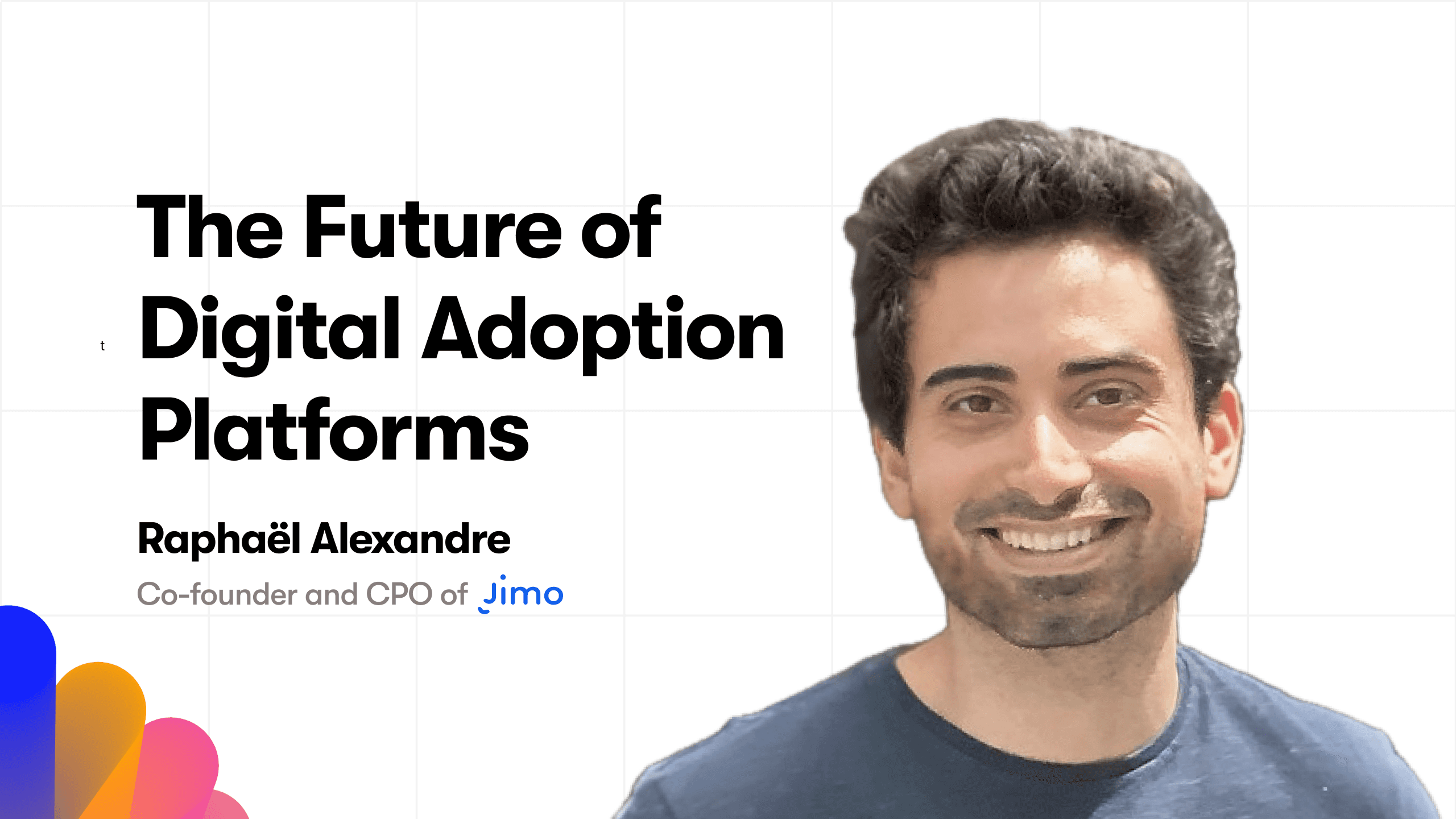What is Targeting in Marketing? (Identifying and Reaching the Ideal Customer)
Have you ever wondered how certain ads seem to speak directly to you, almost as if they were crafted with your interests and needs in mind?
At its core, targeting is about making the most of resources by focusing on the segments of the market most likely to be interested in what you have to offer.. By the end, you'll have a clear blueprint on how to effectively identify and connect with your ideal customers, ensuring your marketing efforts are not just seen, but felt.
Understanding the concept of Target Audience in Marketing
Understanding the Foundation of "Targeting"
Targeting is a marketing strategy that involves identifying specific groups or segments within a broader market and tailoring your marketing efforts to cater specifically to them. It is a critical term in the SaaS world, where understanding and satisfying the specific needs of businesses is paramount for success.
For example, in SaaS marketing, if you were a provider of a project management tool, your target audience might be Project Managers, IT leads, and CTOs of technology-driven companies who value cross-functional collaboration.
The Significance of Targeting in Marketing
Targeting helps businesses to focus their resources and marketing efforts on the segments that are more likely to convert into customers. Here are some of the reasons why targeting is a crucial part of a savvy marketing strategy:
Efficiency: With targeting, businesses can focus their efforts on the potential customer segments that provide the highest return, rather than casting a wide net that may not yield results.
Improved Customer Retention: When you understand the needs and interests of your customers, you are better able to communicate in a way that resonates, leading to successful user onboarding and increased customer retention.
Better Product Engagement: Targeting can help influence product development and modification, making sure your offerings align with the needs and preferences of your customer, hence increasing product engagement.
What Is a Target Audience?
A target audience is a group identified as the intended recipient of an advertisement or message. Businesses can use various characteristics to define a target audience, including age, occupation, income level, gender, geographical location, or specific interests.
In the world of SaaS, this could mean software developers, IT decision-makers, C-level executives, or any relevant group who could benefit from the software.
These audiences are also further segmented into buyer personas, which provide a more detailed view of the ideal customers.
Effective strategies for Successful Market Targeting
Understanding Targeting Strategies in SaaS Businesses
As a SaaS creator, it's essential to understand targeting strategies in the context of market segmentation. A targeting strategy refers to a plan that a business formulates to reach and engage its potential customers. It's a crucial part of the decision-making process, including identifying the right consumer segments, selecting the most effective channels, creating appropriate advertising messages, and deploying promotional campaigns.
Start with Market Segmentation
The first step in building a successful targeting strategy is market segmentation. In this process, a business divides its market into distinct categories based on shared characteristics, needs, or preferences. For a SaaS business, your market could be segmented into various sectors- for example, based on the size of the businesses you want to target (small, medium, or large enterprises), or their specific needs (e.g., Task management, Project management, or Document management).
Choose Your Target Market
After segmenting your market, the next step is to choose your target market. This involves conducting detailed research to understand precisely who your customers are, their traits, their needs, and what they value in a SaaS solution. Some common segmentation criteria include:
Demographics: such as the company's size, industry, and location.
Behavior: like usage rate, benefits sought, and brand interaction.
Psychographics: which covers attitudes, lifestyle, and values.
Technographic: such as the technology stack a company already uses.
Formulate Your Targeting Strategy
Once you've identified your target market, it's time to formulate your targeting strategy which aligns with your company’s goals and resources. Here are three principle forms of targeting strategies:
Undifferentiated Targeting: An approach where the company targets the entire market with a single product or service.
Differentiated Targeting: This involves targeting different market segments with different marketing mixtures.
Niche Targeting: This strategy focuses on a small and specific segment with unique needs.

Analyze and Refine Your Strategy
The final step is continuously monitoring and refining your strategy based on customer feedback and data analytics. This will allow you to gain insights into which elements of your strategy are working and which ones need improvement, enabling you to keep up with evolving market trends.
Related Glossary



